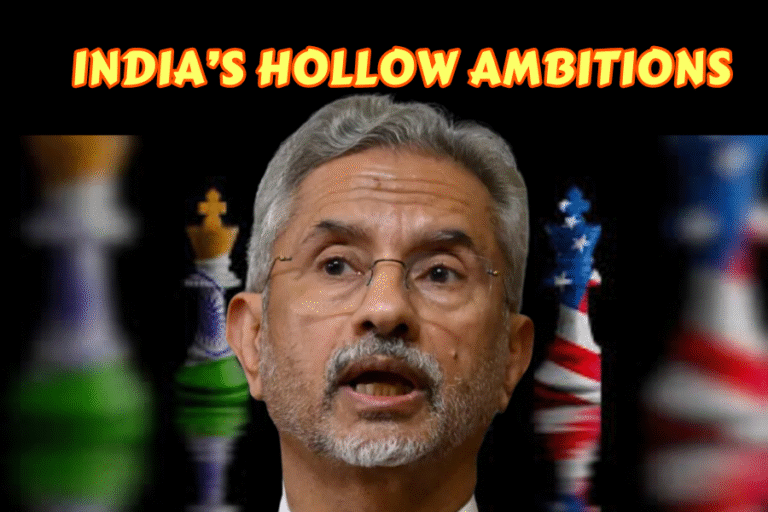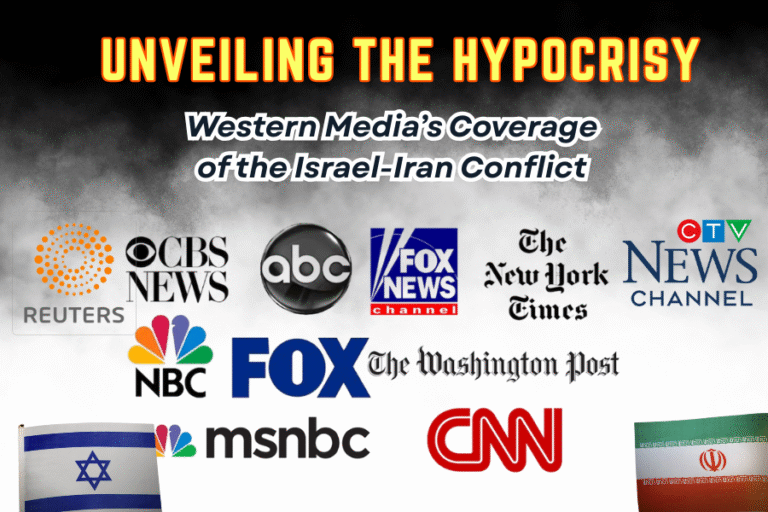(By Khalid Masood)
- Introduction
The “One Big Beautiful Bill Act,” introduced in the U.S. House of Representatives on May 12, 2025, proposes a remittance tax initially set at 5%, later reduced to 3.5%, on all international money transfers by non-U.S. citizens. While framed within a domestic agenda of tax reform, border security, and federal spending rationalization, the bill carries significant international ramifications—especially for developing nations heavily reliant on remittances and trade with the United States.
Although ostensibly part of a broader American fiscal package, the “One Big Beautiful Bill Act” uses economic tools—remittance taxes, trade barriers, and immigration restrictions—as levers of domestic enforcement, carrying serious unintended consequences for global South economies. For countries like Pakistan and India, the bill is not just financial legislation—it is a geopolitical inflection point.
2. Impact on Pakistan
2.1 Remittance Tax: A Lifeline Under Threat
- Magnitude of Impact: Pakistan received $3.1 billion in remittances from the U.S. in 2023 (State Bank of Pakistan). A 5% tax implies a direct loss of $155 million annually.
- Humanitarian Fallout: Millions of families in regions like Punjab and Khyber Pakhtunkhwa rely on this income for basic needs. A cut in remittances will increase vulnerability, push families into poverty, and reduce access to education and healthcare.
- Macroeconomic Instability: With remittances contributing 8–10% of GDP, this tax threatens to exacerbate Pakistan’s balance-of-payments crisis, weaken the rupee, and raise inflationary pressures.
2.2 Trade Tariffs: Undermining Pakistan’s Export Sector
- Textile Exports at Risk: A 29% tariff on textiles—a sector forming 55% of Pakistan’s exports to the U.S.—could inflict a $1 billion blow annually.
- Loss of Competitive Edge: Costlier Pakistani goods will be displaced by regional competitors like Bangladesh and Vietnam, eroding Pakistan’s export base.
2.3 Immigration Restrictions: A Brain Drain Accelerated
- Visa Clampdowns: Approximately 15,000 Pakistani professionals on H-1B visas face uncertain futures. Family reunifications and student mobility are similarly at risk.
- Economic Ripple Effect: Pakistani students contributed $450 million to the U.S. economy in 2023. Reduced student visas would divert this talent and capital to competitor countries like Canada and Australia.
3. Impact on India
India, with the largest remittance volume globally ($129 billion in 2024), faces even greater exposure.
- Remittance Losses: With $32–33 billion annually coming from the U.S., India could lose billions due to the proposed tax.
- Economic Repercussions: Reduced inflows would affect family incomes, investment in health and education, and currency stability—especially in high-remittance states like Kerala, Uttar Pradesh, and Bihar.
- Diaspora Anxiety: The Indian-American community—numbering over 4.5 million—views this as a targeted policy, adding strain to U.S.-India relations.
Estimated Annual Remittance Losses for Pakistan and India
(Based on a 5% Remittance Tax)
| Country | Annual Remittance from U.S. (2023–24) | 5% Tax Deduction | Estimated Annual Loss |
| Pakistan | $3.1 billion | 5% | $155 million |
| India | $32.5 billion | 5% | $1.625 billion |
4. Pakistan’s Strategic Response
4.1 Economic Diversification
- Export Pivot: Focus on China, the EU, ASEAN, and Gulf states for expanding non-U.S. markets.
- Sectoral Shift: Boost services and digital trade that are less sensitive to U.S. tariffs.
4.2 Remittance Alternatives
- Roshan Digital Accounts: Promote official remittance channels and incentivize usage through banking reforms and higher yields.
- Middle East Focus: Expand labor agreements with GCC countries to stabilize remittance sources.
4.3 Diplomatic Advocacy
- U.S. Congress Lobbying: Emphasize bilateral ties, economic dependency, and regional instability to gain carve-outs or delayed implementation.
- Multilateral Platforms: Engage with the UN, IMF, and G-77 to highlight discriminatory financial tools against developing nations.
5. Recommendations for Individuals and Families
- Preemptive Transfers: Shift large remittances before enactment of the bill.
- Tax-Compliant Channels: Use IRS-registered services to avoid penalties.
- Diaspora Advocacy: Form Pakistani-American coalitions to lobby U.S. lawmakers and align with similar Indian or Latino advocacy groups.
- Avoid Informal Transfers: Hundi and Hawala may evade tax but invite legal risk.
6. Conclusion: A Policy Crossroads
The “One Big Beautiful Bill Act” represents more than just U.S. domestic policy—it is a litmus test for the resilience of developing nations in a weaponized economic order. For Pakistan, the risks are not just economic but existential. To navigate this challenge, Islamabad must recalibrate its economic policies, diaspora engagement, and diplomatic outreach. The fate of millions of families—and the stability of a key regional player—now hinges on swift, strategic, and unified action.
Appendix A: Trade Balance Impact Matrix (2023–2025)
| Sector | Export to U.S. (2023) | Tariff Rate (Post-Bill) | Projected Export Loss | Remarks |
| Textiles | $1.8 billion | 29% | $700–900 million | Core export sector hit hardest |
| IT Services | $1.0 billion | Indirect/Non-tariff | $100–150 million | Affected by visa/work restrictions |
| Leather Goods | $300 million | 18–25% | $50–70 million | Mid-sized hit due to luxury classification |
| Surgical Goods | $100 million | Minimal | $10–15 million | Less exposed to tariffs |
| Total Loss | — | — | $1–1.2 billion | Conservative estimate |
Appendix B: Comparative Tariff Chart Pre- and Post-Bill
| Product Category | Previous Tariff Rate | New Tariff Rate (Post-Bill) | % Increase |
| Cotton Apparel | 13% | 29% | +123% |
| Synthetic Garments | 14.9% | 29% | +95% |
| Leather Footwear | 10–12% | 20–25% | +100% |
| IT Consulting | Service-based | Indirect/Regulatory Barriers | N/A |







